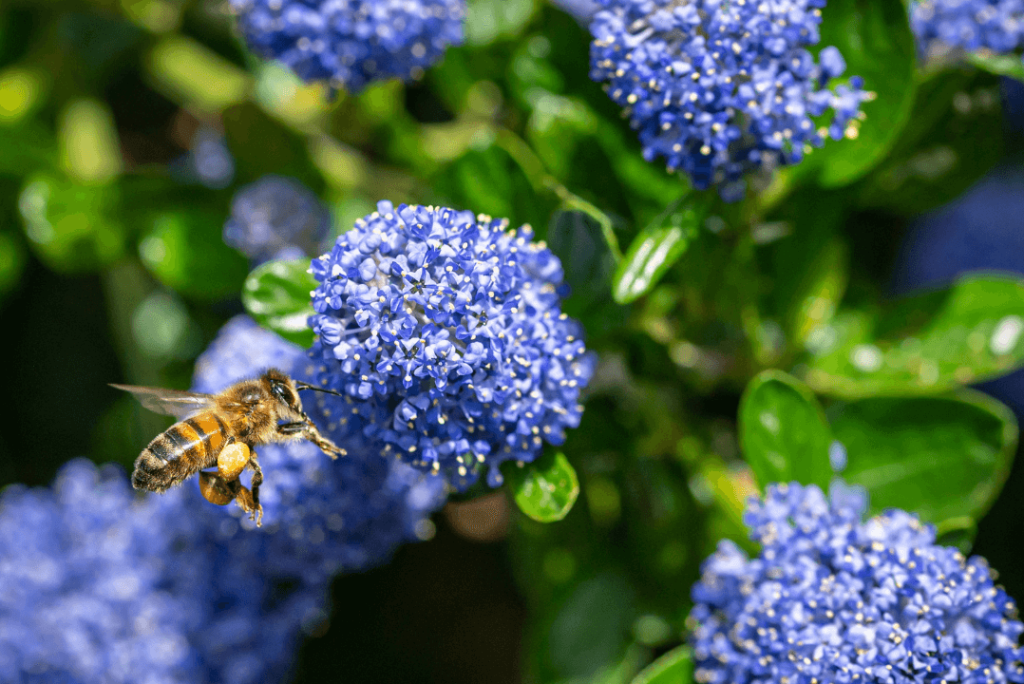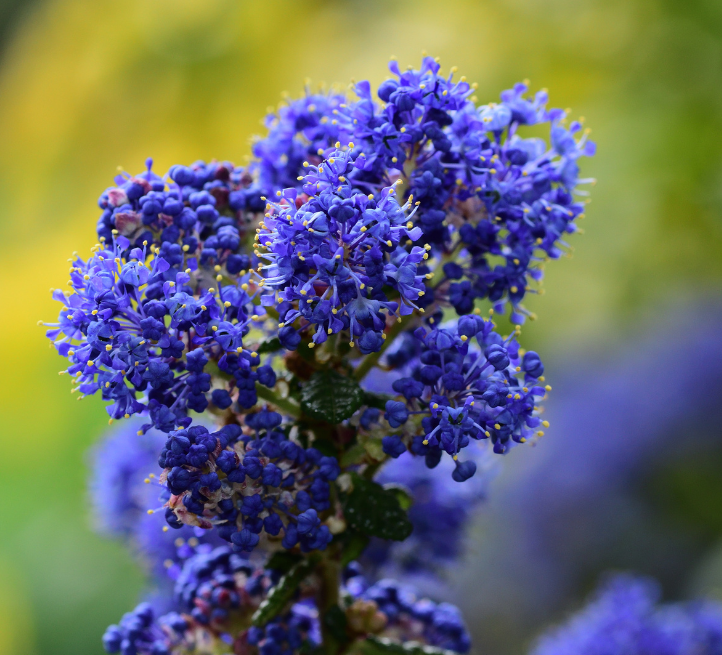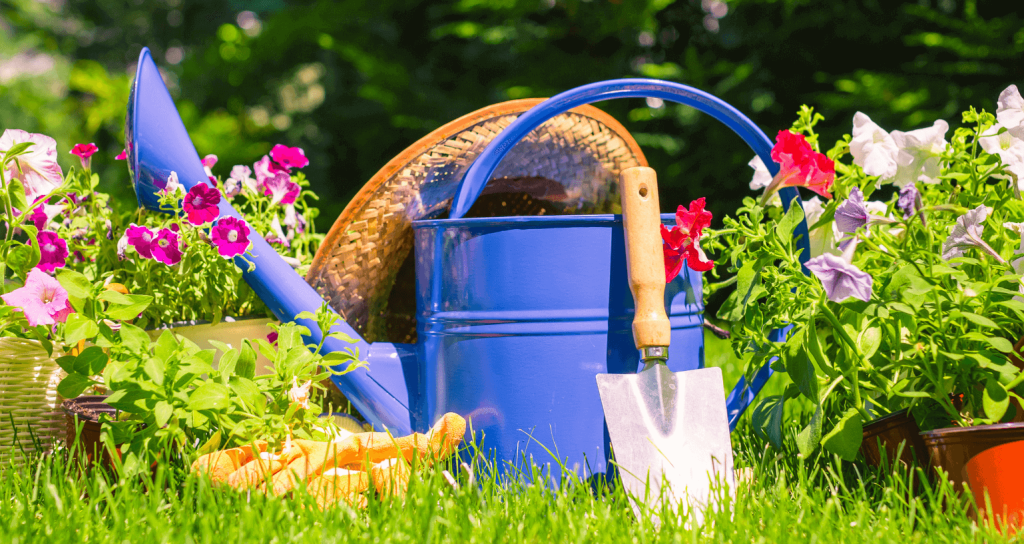The April Garden
California Dreamin’
One of the prettiest and surely most arresting sights in the spring and early summer garden is a Ceanothus, or Californian Lilac, in full bloom. It’s rare for flowers to be true blue, but ranging in tone from powder blue to Indigo, the clusters of blooms covering Ceanothus certainly are. A native of the pacific coast of America, specifically California, it loves the sun but given the right planting place there is no reason why you can’t have success with this plant even in the Southwest of England.
Ceanothuses are mostly available as evergreen shrubs; in really exposed places a deciduous variety may suit better, but here I will concentrate on the former. Evergreen Californian Lilacs are available in many shapes and sizes and they suit numerous planting styles – cottage gardens, modern, gravel and even wildlife gardens (bees and other pollinating insects love the nectar rich flowers) for instance. It’s important to choose the right variety for the space, however. A young specimen of C. ‘Trewithen Blue’ for example looks innocent enough but can reach tree-like proportions of 8m x 8m in no time, whereas C. Blue Sapphire, which has dark foliage along with deep blue flowers, will merely spread to 1.5m with a height of just 75cm.

A particular favourite of mine is ‘Yankee Point’. Although it is low growing and spreading (1m x 3m) it can be trained up trellis successfully, covering a wall with deep blue flowers.
Another for a trellis would be ‘Skylark’. ‘Concha’ is one of the most popular varieties, so heavily laden with sky blue fluffy blooms that the foliage can disappear behind it completely. A good freestanding shrub. My last recommendation would be C. ‘Italian Skies’.
Just the name evokes images of summer holidays in the Med, and the dark blue flowers held in conical clusters above dark green leaves don’t disappoint. Fairly low growing and spreading at 1.5m x 2.5m its suitable for most gardens.

Ceanothuses should be planted in free draining preferably neutral soil in a sunny position.
They love the shelter of a south facing wall and are reliably drought tolerant once established. Its rare for them to suffer from pests and diseases; however cold winds may scorch the leaves and they resent 3 things – being in pots, hard pruning and moving.
All three will see your plants failing rapidly. Lightly trim after flowering if necessary but no more. This beautiful plant has a limited life span of 7-10 years anyway so if you inherit an old woody specimen don’t bother trying to rejuvenate it. Just take the opportunity to replant a glorious young plant.


Jobs in the garden for April
• Extra warmth coupled with moist soil means the garden really comes to life now and growth is surging ahead. Time spent on the garden now will be richly rewarded later.
• Make sure you’ve got supports in place for tall herbaceous perennials like Delphiniums and sprinkle a little fertiliser around the base of the plants.
• Pinch out the tips of sweet pea plants – more branching means extra flowers later.
• Spray roses to prevent any pest and disease from getting out of hand.
• Now’s the perfect time to lay new turf and keep well-watered.
• Plant main crop potatoes and earth up early ones already sprouting – this helps protect the tubers and stems from late frosts and support top growth.
• Sow tender vegetables such as beans, courgettes and squashes undercover for planting out in mid-May.
• Tie Clematis to supports regularly – their stems are very fragile and are almost impossible to untangle without breaking otherwise!
• Sit back and admire the work you have put in!


